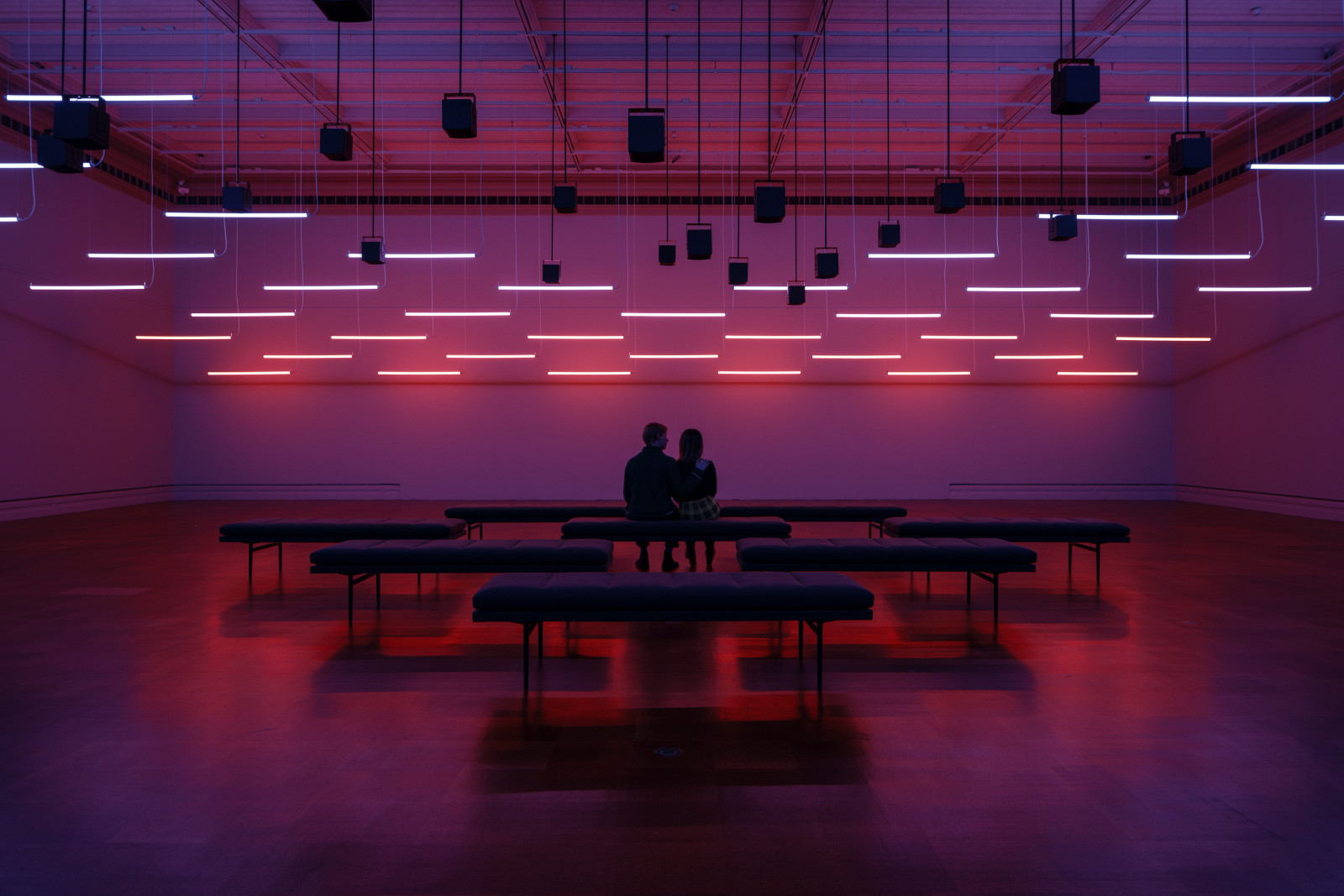Stay Awake
Stay Awake
Artist
Elizabeth Murray
(American, 1940-2007)
Date1989
Dimensions70 × 89 × 23 in. (177.8 × 226.1 × 58.4 cm)
MediumOil on canvas
ClassificationPaintings
Credit LinePurchased with funds given by Rita Barbour Kern
Object number
2018.17
On View
Toledo Museum of Art (2445 Monroe Street), Gallery, 02A, Wolfe
Pace Gallery, Elizabeth Murray: Painting in the 80's New York, Pace Gallery, 2017.
Schwendener, Martha and Will Heinrich, "What to See in New York Art Galleries this Week," New York Times Company December 2017.
Exhibition HistoryColumbus, Ohio, Wexner Center for the Arts, Recent Work by Elizabeth Murray, November 17, 1991-February 23, 1992.New York, Pace Gallery, Elizabeth Murray: Painting in the 80's, November 2,2017-January 13, 2018.
Toledo Museum of Art, Everything is Rhythm: Mid-Century Art & Music, April 6, 2019-February 23, 2020.

Membership
Become a TMA member today
Support TMA
Help support the TMA mission













